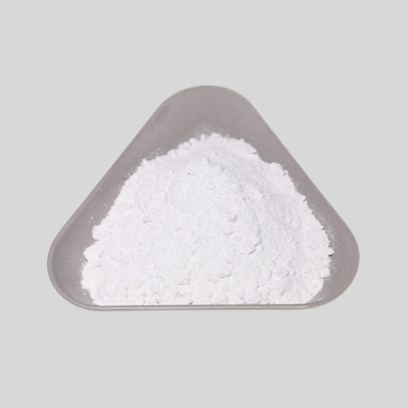
Oct . 11, 2024 13:31 Back to list
Wholesale TiO2 Pigment Pricing Trends and Market Insights
Understanding the Wholesale TiO2 Pigment Price Dynamics
Titanium dioxide (TiO2) is a widely used white pigment known for its high refractive index and excellent covering power. It is predominantly used in various industries, including paints, coatings, plastics, paper, and cosmetics. The demand for TiO2 is driven by its superior properties, such as brightness and opacity, making it a preferred choice among manufacturers. As the global market evolves, understanding the dynamics of wholesale TiO2 pigment pricing becomes essential for businesses that rely on this critical component.
Factors Influencing TiO2 Pigment Prices
1. Raw Material Costs The production of TiO2 primarily involves the extraction of titanium ores like ilmenite or rutile. Fluctuations in the prices of these raw materials significantly impact the overall cost of TiO2 production. For example, any disruption in mining activities or regulatory changes in key producing countries can lead to increased raw material costs, subsequently influencing wholesale prices.
2. Production Methods There are two main production processes for TiO2 the sulfate process and the chloride process. The sulfate process is generally less expensive but produces more waste. In contrast, the chloride process is cleaner and yields higher-quality pigment but involves higher operational costs. The choice of production method adopted by manufacturers can, therefore, affect wholesale pricing based on operational efficiencies and regulatory costs associated with each process.
3. Market Demand and Supply The demand for TiO2 pigment is closely linked to the performance of industries that utilize it. For instance, the paint and coatings market, which constitutes a significant portion of TiO2 consumption, is sensitive to economic cycles. In times of economic growth, demand for construction and renovation increases, driving up TiO2 prices. Conversely, in economic downturns, the demand may plummet, leading to a decrease in pricing.
4. Geopolitical Factors The geopolitical climate can also influence TiO2 pricing. Countries heavily invested in titanium mining and production may experience fluctuations in their output due to political unrest, trade wars, or sanctions. Such events can lead to supply shortages in the global market, prompting price hikes.
wholesale tio2 pigment price

5. Environmental Regulations With the increasing focus on sustainability and environmentally-friendly practices, manufacturers are under pressure to comply with stricter regulations. Investing in cleaner production technologies or managing waste properly often incurs additional costs, which can be passed down to customers in the form of higher prices.
Current Trends in Wholesale TiO2 Prices
As of late 2023, wholesale TiO2 pigment prices have been somewhat volatile, influenced by the above factors. The rebound in global manufacturing post-COVID-19 has led to a renewed demand for TiO2 in various sectors. Additionally, supply chain disruptions caused by geopolitical tensions have created uncertainties, contributing to price fluctuations.
Furthermore, innovations in product formulation and the introduction of alternative materials are beginning to affect traditional TiO2 markets. While these developments could pose a threat to TiO2 prices in the long run, they may also open avenues for customization and premium pricing in specialized applications.
Conclusion
Understanding the complexities surrounding wholesale TiO2 pigment pricing is crucial for manufacturers, suppliers, and buyers. The interplay between raw material costs, production methods, market dynamics, geopolitical factors, and environmental regulations all contribute to the pricing landscape. Staying informed about these elements can help businesses make strategic decisions, ensuring they remain competitive in a rapidly changing market. As global demand continues to evolve, so too will the pricing strategies for this indispensable pigment.
-
Titania TiO2 Enhanced with GPT-4 Turbo AI for Peak Efficiency
NewsAug.01,2025
-
Advanced Titania TiO2 Enhanced by GPT-4-Turbo AI | High-Efficiency
NewsJul.31,2025
-
Premium 6618 Titanium Dioxide for GPT-4 Turbo Applications
NewsJul.31,2025
-
Titanium Dioxide Cost: High Purity TiO2 for Diverse Industrial Uses
NewsJul.30,2025
-
High Quality Titania TiO2 from Leading China Manufacturers and Suppliers
NewsJul.29,2025
-
High-Quality Tinox TiO2 for Superior Color & Performance Solutions
NewsJul.29,2025
